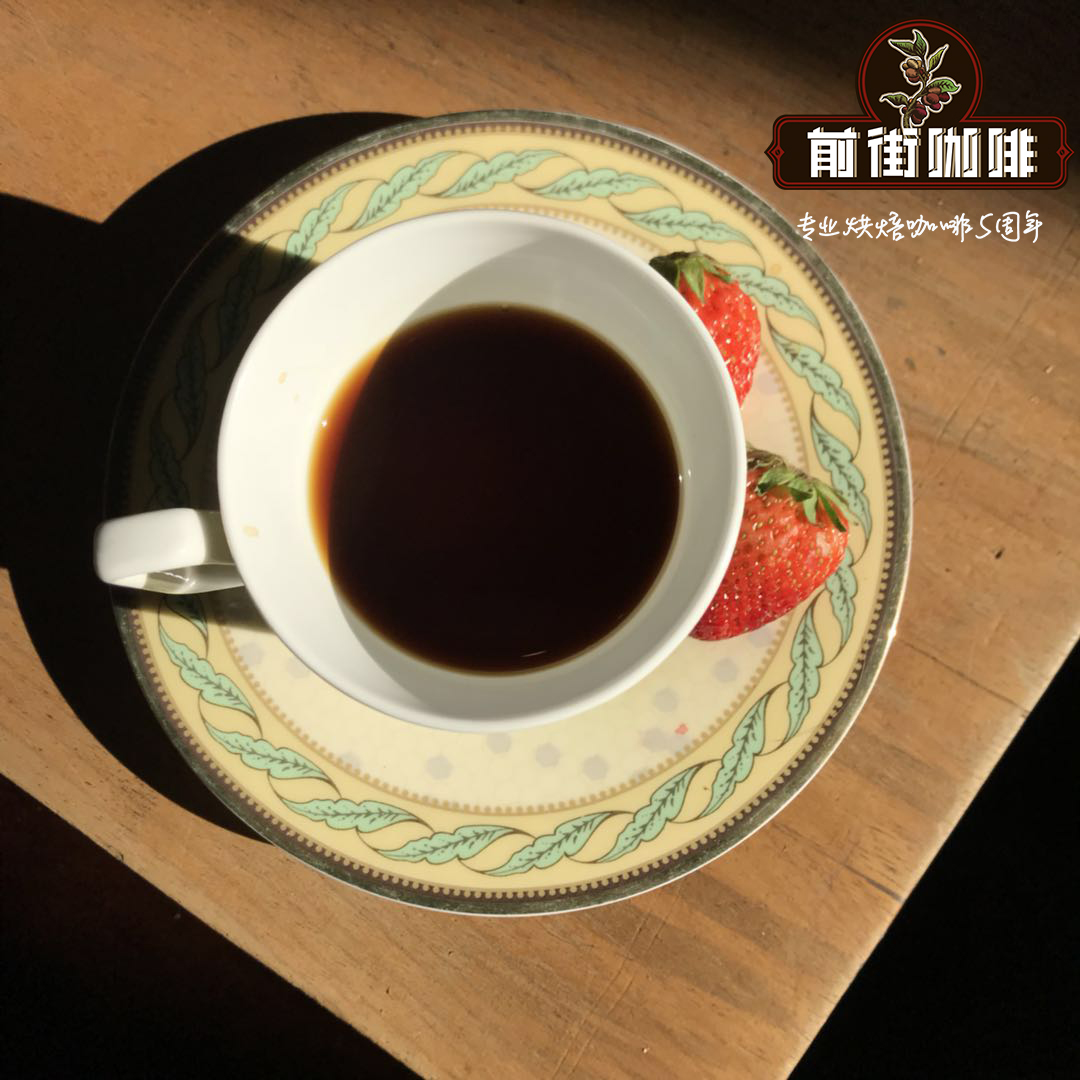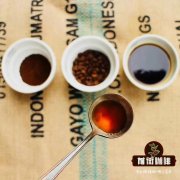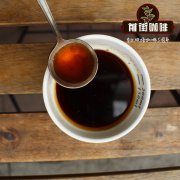Beans for 2015wbc Champion | introduction to Sultan Lumei Coffee | Sultan Lumei Coffee Flavor

Professional coffee knowledge exchange more coffee bean information please follow the coffee workshop (Wechat official account cafe_style)
Rume Sudan, Sultan Rumi, or Sudan Rume.
In the 1940s, it was found in the Rume Valley Valley of the Boma Plateau (Boma Plateau) in southeastern South Sudan. Near the Ethiopian border. It is an ancient local wild species of Arabica coffee.
South Sudan is a country with wild coffee outside Ethiopia. Sudan Lumei has a low output and was originally mainly used for coffee variety research and development.
Many well-known coffee varieties have rume sudan genes involved, such as ruiru11 and so on. It occasionally appears in the special selection list of some boutique coffee shops.
Sudan Sudan Rume, an experimental bean from South Sudan, was one of the contributors to the Sasa championship.
In 2015, Sudan Rume, an unheard of bean seed, won the World Coffee Masters (WBC) in the hands of Australian representative Sasa Sestic. Overnight, Sultan Rumei became a kind of coffee bean baker competing with baristas for roasting and brewing.
What is the origin of Sudan Lumi?
Discovered in 1942 in the Boma Plateau region of the Poma Plateau in the southeast of the Republic of Sudan, very close to the Ethiopian border, Sultan Rumey is also known to the coffee world by the code name RS-510, is basically a wild coffee variety, native to tropical African forests in the Marsabit Mountains, characterized by brass leaves. When breeders need to create new varieties of coffee, RS-510 is the best Arabica provenance. For example, varieties with high yield and poor flavor can usually get varieties with good flavor and good yield when mixed with RS-510, because the flavor of RS-510 is extremely amazing, but the disease resistance is common and the yield is very low. Mixing RS-510 with better varieties allows coffee farmers to have new hybrids that are high-yielding, disease-resistant and drinkable, and many well-known modern varieties, such as Castillo, Centroamericano, or Colombia, are developed using this technique.
But Sudan rume itself, because of its low yield and small bean shape, is difficult to popularize and most of the farms are reluctant to grow. This is why few people had heard of this bean before Sasa. The Sultan Rumei (Sudan rume) used by Sasa comes from the Colombian LasNubes Manor, located in the Cauca Valley, and he brought the Sultan Rumei (Sudan rume) to the World Cup, which is actually the first harvest of LasNubes.
Qianjie coffee brewing Sudan Lumi parameters to share:
Powder quantity: 15 grams; medium fine grinding; filter cup Hario V60; water temperature: 90 ℃; ratio of powder to water: 1: 15; cooking technique: extraction by stages.
Steaming with 30 grams of water, you can see that the surface of the powder bed has changed from wet to dry. The steaming time is about 30 seconds. About 90 grams of water is injected into the small flow center, that is, when the water is injected to 120 grams, the water is cut off, and when the water level is about to expose the powder bed, continue to inject water to the end of 225 grams, and remove the filter cup when the water level is about to expose the powder bed. The time of steaming starts and the extraction time is 1: 43 ".
When ground into powder, you can smell obvious fermented aroma and spice aroma; wet fragrance has a light fermented aroma, with sour notes of plum and citrus in the mouth, nutty, creamy and chocolate flavor in the middle, oolong tea and sucrose in the end.
END
Important Notice :
前街咖啡 FrontStreet Coffee has moved to new addredd:
FrontStreet Coffee Address: 315,Donghua East Road,GuangZhou
Tel:020 38364473
- Prev

What's the difference between Yega's coffee washed with water and Yega's coffee in the sun?
Professional coffee knowledge exchange more coffee bean information please follow the coffee workshop (Wechat official account cafe_style) coffee beans taste different sun Yega Chuefei: there is a touch of fermented wine, the bitter taste will be more intense, the taste will be much more rich, honey sweet, cocoa rhyme with a little spice, body thick and lasting, rich texture and unique soft floral scent brushed your taste buds
- Next

Teach everyone to make iced coffee while the weather is still hot.
Professional coffee knowledge exchange more information about coffee beans Please pay attention to the coffee workshop (Wechat official account cafe_style) such a hot day, of course, coffee should also drink ice. But for me with difficulty in choice, how should I choose cold extract, ice drop, nitrogen coffee and Japanese iced coffee with so many iced coffee categories on the market? As we all know, iced coffee is usually at a low temperature.
Related
- Detailed explanation of Jadeite planting Land in Panamanian Jadeite Manor introduction to the grading system of Jadeite competitive bidding, Red bid, Green bid and Rose Summer
- Story of Coffee planting in Brenka region of Costa Rica Stonehenge Manor anaerobic heavy honey treatment of flavor mouth
- What's on the barrel of Blue Mountain Coffee beans?
- Can American coffee also pull flowers? How to use hot American style to pull out a good-looking pattern?
- Can you make a cold extract with coffee beans? What is the right proportion for cold-extracted coffee formula?
- Indonesian PWN Gold Mandrine Coffee Origin Features Flavor How to Chong? Mandolin coffee is American.
- A brief introduction to the flavor characteristics of Brazilian yellow bourbon coffee beans
- What is the effect of different water quality on the flavor of cold-extracted coffee? What kind of water is best for brewing coffee?
- Why do you think of Rose Summer whenever you mention Panamanian coffee?
- Introduction to the characteristics of authentic blue mountain coffee bean producing areas? What is the CIB Coffee Authority in Jamaica?

